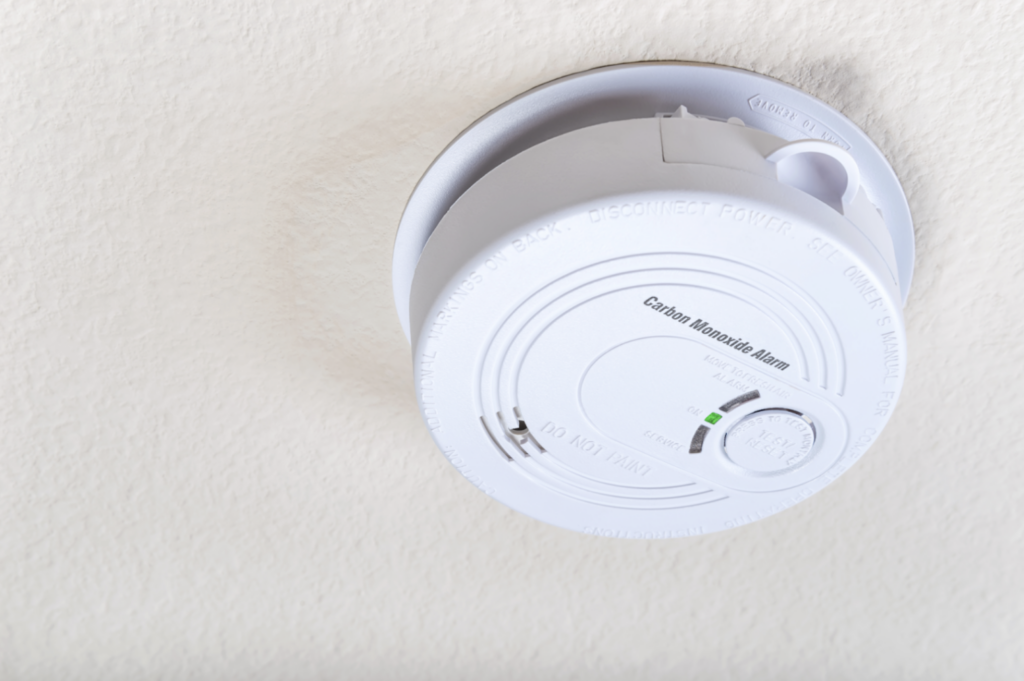As the cold weather in Gresham intensifies, the last thing any homeowner wants is a furnace breakdown. Understanding when to call for emergency furnace repair is important for your comfort and safety. This article helps you identify major furnace problems and when you may need prompt emergency furnace repairs.
Criteria for Emergency Furnace Repair
Emergency furnace repair is necessary when your heating system fails to provide adequate warmth or poses a safety hazard. In Gresham, where temperatures can drop significantly, ensuring your furnace is in top condition is essential. Look for signs like unusual noises, poor heating efficiency, and difficulty in starting the unit.
Signs Indicating the Need for Emergency Furnace Repair
Yellow or Discolored Pilot Light
A properly functioning furnace typically has a blue flame, which indicates complete combustion of the gas. This blue flame is a sign of efficiency and safety. However, if you notice a yellow or orange flame, it’s a red flag.

A yellow or orange flame suggests that the gas isn’t burning completely. Incomplete combustion can lead to the production of carbon monoxide, a dangerous and odorless gas. A yellow flame means there’s a problem with ventilation or a dirty burner. Get professional help right away to avoid carbon monoxide poisoning or fire.
Trouble finding your pilot light? Read about where to locate your furnace’s pilot light.
Persistent Unusual Noises
Furnaces typically make a low level of noise during operation, such as a gentle humming or the sound of air moving through the vents. However, if you start hearing unusual sounds like tapping, banging, or rattling, it’s not something to ignore.
These sounds can indicate various issues. For example, loose ducts can impact air flow and efficiency. Additionally, a broken fan belt can lead to more significant mechanical problems. These sounds are warnings that your furnace needs urgent professional attention to prevent more significant damage.
Tripped Carbon Monoxide Detectors
If your carbon monoxide (CO) detector sounds an alarm, it’s a serious warning sign that you should never ignore. CO is a colorless, odorless gas that can be fatal at high levels.
Its presence indicates that your furnace may be malfunctioning, potentially leading to incomplete combustion and CO production. This could indicate a variety of issues, such as a cracked heat exchanger or a blocked flue. Immediate inspection and repair by an HVAC professional are essential for your safety.

Abnormal Furnace Smells
While it’s normal for furnaces to let off a slight burning smell when they’re turned on for the first time in the season (due to dust burning off), persistent or strong odors are a cause for concern. If you smell gas, which might resemble the scent of rotten eggs, it’s indicative of a gas leak and poses a significant explosion risk.
Other unusual smells, like electrical or burning plastic odors, could signal electrical problems or overheating components. In such cases, turn off your furnace and call for emergency repair services immediately.
Inadequate Heat Output
It’s normal for a furnace to take some time to warm up your home, but if you notice that it’s not providing enough heat or if there are cold spots in your house, it could indicate an issue. Causes can range from simple problems, such as a dirty air filter blocking airflow, to more complex issues.

These complex issues can include a faulty thermostat or a problem with the furnace’s burner or heat exchanger. If furnace troubleshooting doesn’t improve the situation, it’s time to call a professional.
Frequent Cycling or Fan Issues
A well-functioning furnace will cycle on and off to maintain the desired temperature in your home. However, if it starts cycling more frequently than usual, or if the fan keeps running non-stop, it might be a sign of a faulty thermostat or an internal problem within the furnace. This not only reduces efficiency but can also strain the furnace’s components, leading to potential breakdowns.
Visible Water Leaks or Steam
While some condensation around a furnace can be normal, especially in high-efficiency models, visible water leaks or steam are not. These could indicate a problem with the furnace’s condensate drain or an internal component like the heat exchanger.
Leaks can lead to water damage and mold growth, while steam can signify overheating components. Both scenarios warrant an immediate call for professional HVAC repair services.
Safety Concerns
Safety is paramount when dealing with furnace emergencies. Carbon monoxide leaks, gas leaks, and electrical issues are not just inconveniences but serious hazards. Gresham residents should be particularly aware of these risks given the reliance on furnaces during colder months.
Preventative Measures to Avoid Emergency Furnace Repairs
Routine heating maintenance and repairs can prevent a furnace emergency. Regular checks should include inspecting pilot lights, filters, and thermostats, and ensuring vents are clear of blockages. Gresham residents can benefit from Oxbow’s professional furnace maintenance services to ensure their system runs efficiently and safely.
24/7 Emergency Furnace Service
Recognizing the need for emergency furnace repair and acting quickly can make all the difference in your home’s comfort and safety. Watch for signs and don’t hesitate to call Oxbow experts for help with these problems. We have over 30 years of experience providing the best 24/7 emergency furnace service and other heating services in Gresham.
Need Emergency Furnace Repair? Call Oxbow now: (503) 867-0026





